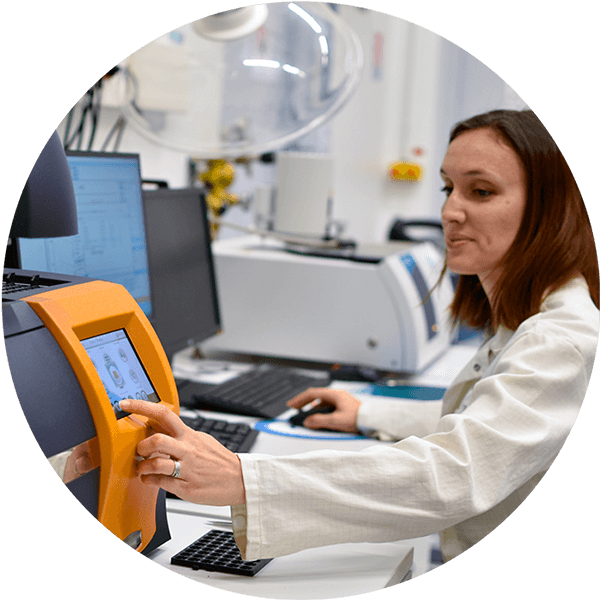key competence
systems engineering
Our competence center meets the challenges of competitiveness in the aeronautical, space, and automobile industries – namely, cutting the costs of development, manufacturing, and product maintenance. To this end, we must master increasingly complex technologies that give the product a high level of capability of operating unattended while, at the same time, ensuring its operating safety and reliability.
We aim to obtain a unified vision of system design, based on heterogeneous data from various languages, methodologies, and tools. To that extent, we exploit digital continuity to deploy a solution that improves the consistency of information, whether between different disciplines or across an extended enterprise. Within the framework of our competence center, we must also adapt to the advent of artificial intelligence, both for systems using it and to assist system engineers through their daily work.
In particular, we focus our interest on cyber-physical critical systems. Our experts that focus on these systems know that it is vital for those to operate safely and reliably for the human and societal environment with which they interact (namely the regulatory requirements that apply to the aeronautics and space fields).
The very core of our research revolves around engineering processes, methods, and tools that favor collaboration between the systems engineering team and other disciplines, such as safety, software, hardware, simulation, Verification & Validation (V&V), and manufacturing, in the frame of the extended enterprise.
Our objective is to provide new ways of working for systems engineers by using new technologies (e.g. AI, touch screen) or by contributing to the global digital continuity. However, as these collaborations are essentially human-based, analysis of humans’ behavior during these interactions is mandatory for them to be improved.
The specificity and differentiation of our competence center concern two points:
- Incorporation of the multidisciplinary nature of the profession and organization in an extended company;
- Compatibility with the regulatory aspects in force, such as certification.
The objective is also to develop industrialists’ competence in the Model-Based Systems Engineering (MBSE) profession.
R&T fields
COLLABORATIVE MODEL-BASED ENGINEERING
This strand deploys co-development approaches at different levels of the product development cycle. For this R&T field, the key question is "how can one ensure efficient interaction of the various professions and organizations in a coherent equipped process, that respects each one’s property, and that lowers the production cost in increasingly shorter lead times?". This part studies collaborative workshop and co-simulation technologies and associated processes.
SMART INTERFACES
Concerning this approach, our purpose is to assist system engineers in their daily work by providing easy access to the right data, at the right moment, with their associated interactive visualization capabilities. Furthermore, some tasks with poor benefit to system engineers (layout of diagrams, requirement traceability…) could be performed at a first level by a personal assistant that could also help to find similarities with other projects, assess the conformance of architecture to patterns, etc.
Our offer
- State-of-the-art database of methods, tools, and projects
- Methodology guides
- Case studies and demonstrators used as references for the implementation and validation of interoperability solutions, or improvements to existing software solutions (proprietary, open-source)
- Proposals to standardize and/or influence organizations
- Media for the transfer of results: videos, training sessions, thematic workshops
- Theses reports, scientific publications, conference presentations
ROAD MAP
2020 > 2025


contact us
Contact our platform experts team




